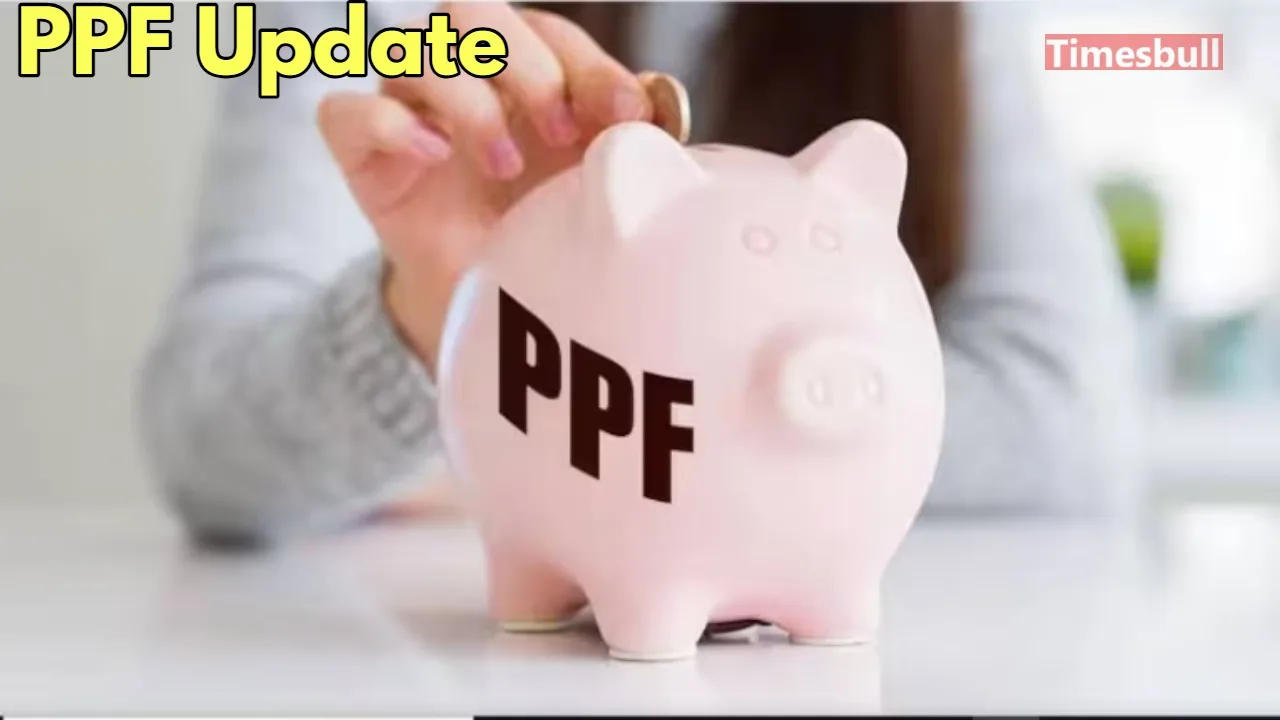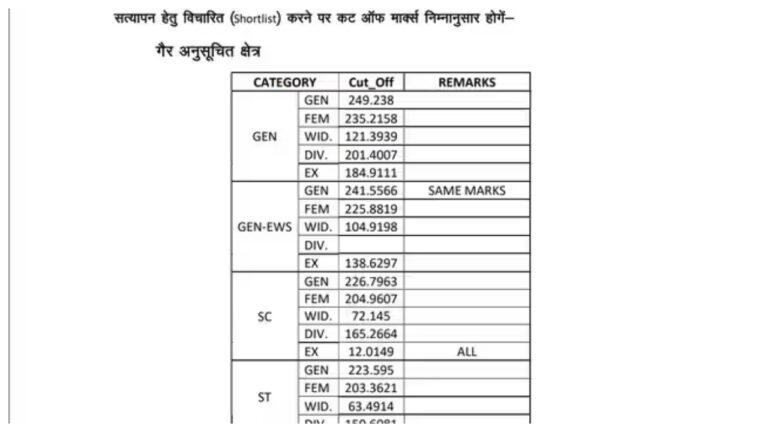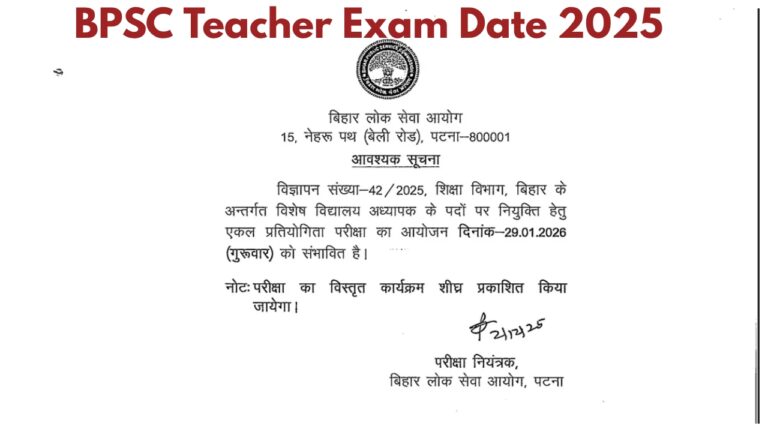PPF: Big news for investors. PPF is a secure and tax-exempt investment choice. If you’re considering putting your money into PPF, it’s essential to be aware of its pros and cons. Let’s dive in.
Advantages of investing in PPF:
1. Secure investment
PPF is backed by the government, making it a completely safe option. With the Indian government guaranteeing it, your investment is secure.
2. Tax benefits
Contributions to PPF are tax-deductible under section 80C. You can invest up to Rs 1.5 lakh each year and enjoy tax advantages.
3. Tax-free returns
The returns you earn from PPF are not taxed. It falls under the EEE (Exempt, Exempt, Exempt) category, meaning your investment, returns, and withdrawals are all tax-free.
4. Long-term commitment
PPF has a minimum lock-in period of 15 years, allowing for long-term investment. This makes it an excellent choice for securing your financial future and planning for retirement.
5. Loan facility
One unique feature of PPF is the ability to take a loan against your account, which can be up to 25% of your total deposits.
6. Low investment threshold
You can start investing in PPF with as little as Rs 500, and the maximum annual investment is Rs 1.5 lakh. This makes it accessible for smaller investors as well.
7. Investment flexibility
You have the option to contribute to your PPF account monthly, quarterly, or annually, giving you the freedom to invest according to your schedule.
Drawbacks of Investing in PPF
1. Lock-in Period
One of the main drawbacks of PPF is its lengthy 15-year lock-in period. This means that once you invest, you can’t withdraw any funds for 15 years, which might not work for everyone. However, you can make partial withdrawals after 6 years and take out a loan after 7 years.
2. Low Returns
The returns from PPF are generally lower compared to other investment avenues like equity mutual funds or the stock market. While PPF offers stable and secure returns, it might not appeal to those seeking higher gains.
3. Interest Rate Fluctuations
The interest rate for PPF can change every quarter. Although it is backed by a government guarantee, the variability in interest rates can impact the consistency of returns.
4. Investment Cap
There’s a cap on how much you can invest in PPF, limited to Rs 1.5 lakh per year. This could be a drawback for those looking to invest larger sums.
5. Time Constraints
Given the long lock-in period, PPF isn’t suitable for those who might need quick access to their funds. While partial withdrawals and loans are options, they come with restrictions.
Who Should Consider PPF?
PPF is ideal for individuals who prioritize safety in their investments. It’s a great choice for low-risk investors and those who are willing to commit to a long-term investment (15 years or more) while also looking to save on taxes. PPF offers tax benefits under section 80C, making it an attractive option for tax-saving purposes.
In summary, PPF is a solid choice for safe, long-term investments and tax savings. However, if you’re after high returns or might need quick access to your funds, it may not be the right fit. It’s crucial to assess your investment goals and strategy before diving in.










